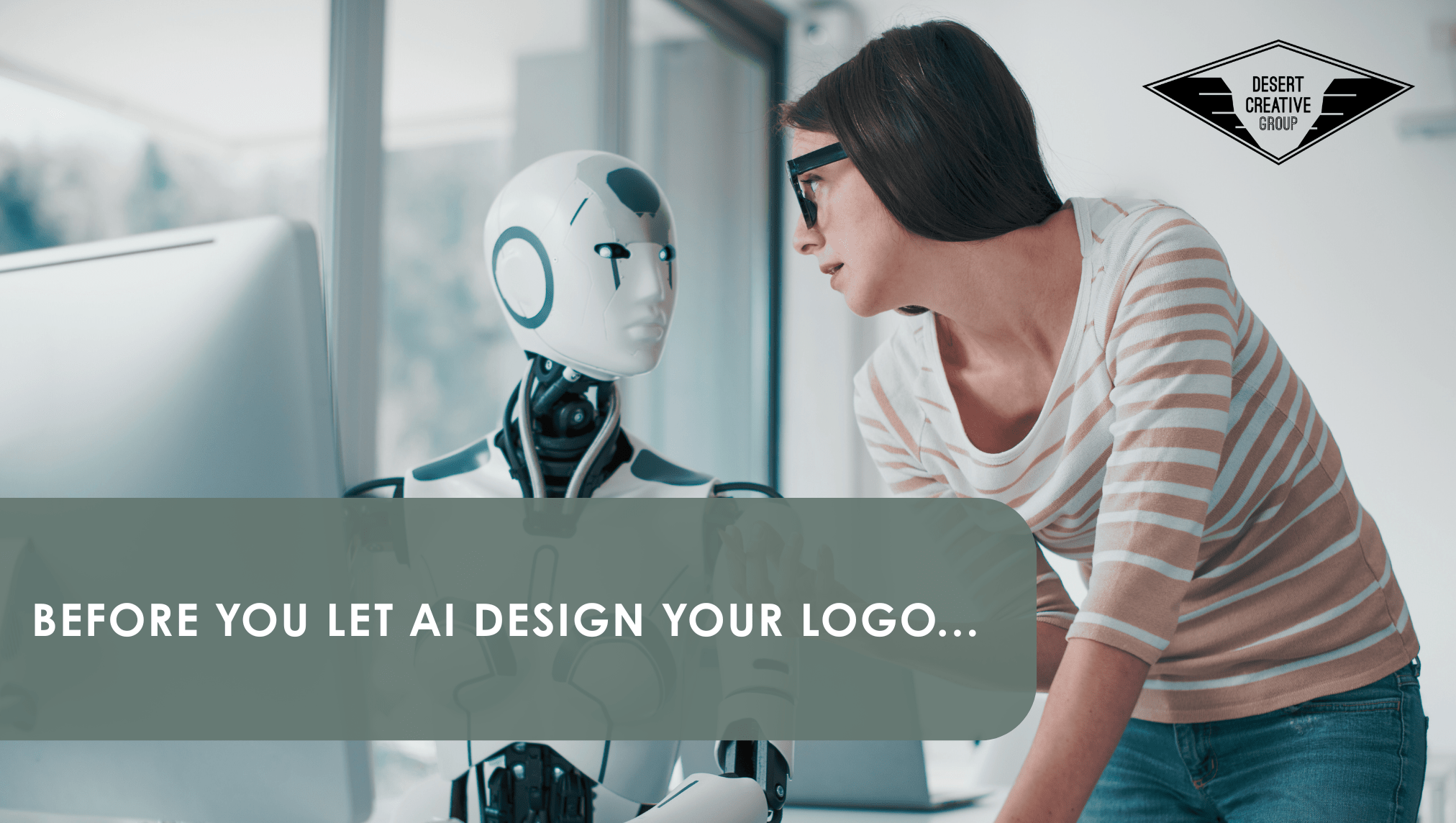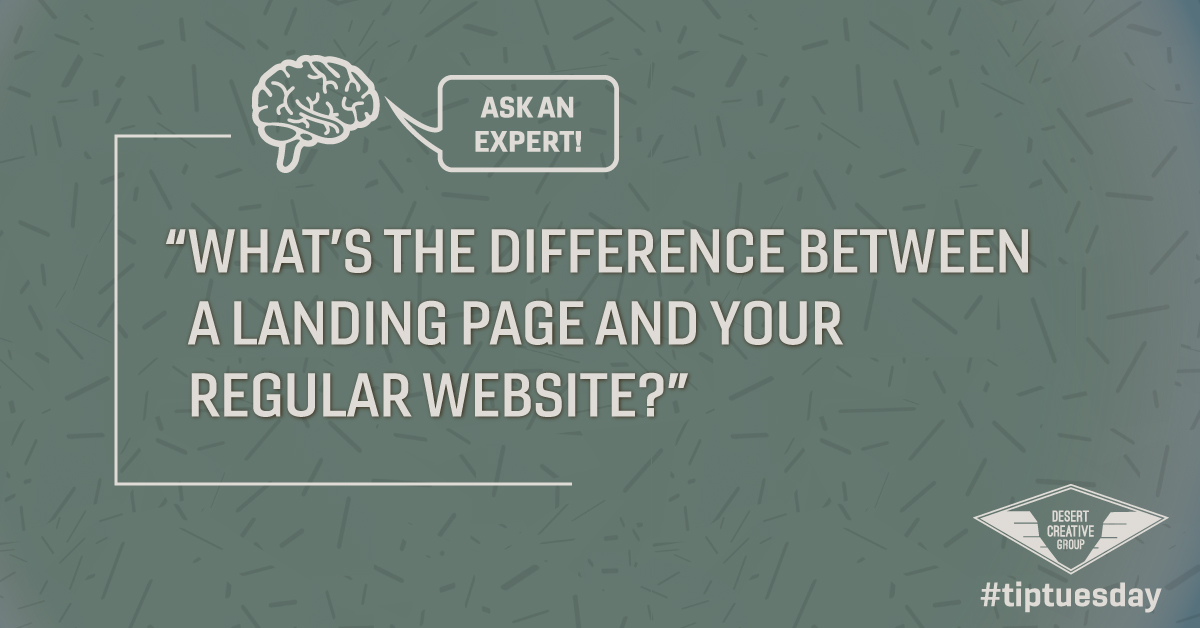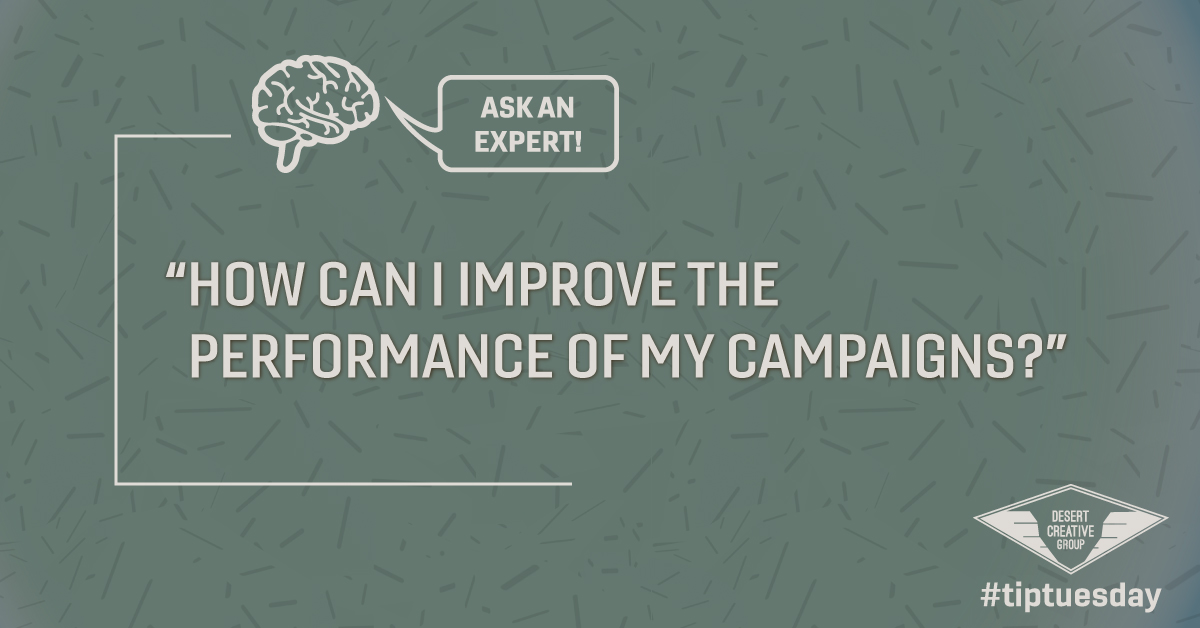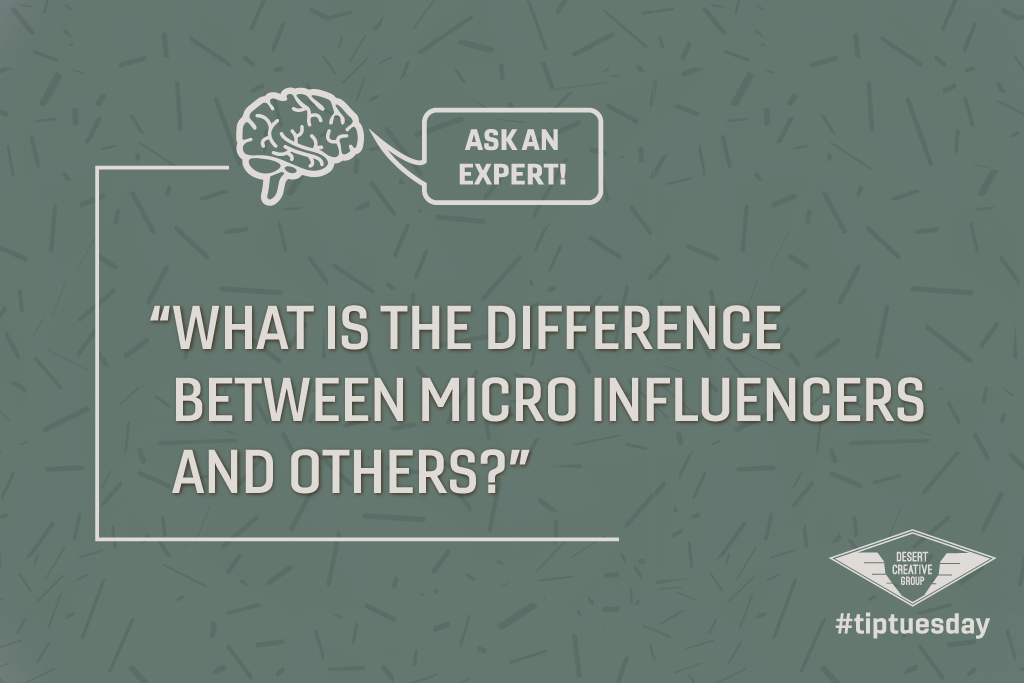Want to Use AI to Design Your Logo? Here’s What You Need to Know
AI logo generators, brand kits, and chatbot-driven copywriting tools are everywhere right now. With just a few prompts, you can get a polished logo and tagline in minutes. But here’s what most businesses don’t realize: Your logo is not your brand.
A logo is just one piece of your overall brand identity. A strong brand is built on positioning, messaging, values, and client experience, shaping how people feel when they interact with your business. And before AI can help execute that vision, the foundation has to come from you.
Start With Clarity
Building a strong brand starts with clarity—knowing what sets you apart and how to communicate it effectively. At Desert Creative Group, we focus on helping businesses define their identity, shape their messaging, and create a brand that reflects their long-term vision.
Instead of jumping straight into design, we begin with the one question AI can’t answer: What makes you different?
What to Do Before You Use AI to Create a Logo
We’ve had countless clients come to us saying, “We need a new logo.” But within a few minutes, the real issue becomes clear:
- “We’re not sure how to talk about who we are.”
- “Our services have evolved, but our brand doesn’t reflect that.”
- “We want to reach a new audience, but we don’t know how to position ourselves.”
This is where branding actually begins. One land development firm came to us thinking they needed a visual refresh. In reality, they needed a brand strategy to support a long-term business shift—from 90% residential work to a balanced mix of commercial and residential clients.
Our first question? What kind of work do you want more of, and why?
That single question shaped their messaging, helped them refocus their voice, and yes—eventually guided their logo design.
What AI Can (and Can’t) Do for Your Brand
What AI Tools Are Great At:
- Generating fast design options
- Summarizing competitor websites
- Drafting tone variations
- Creating placeholders for copy
- Rewriting content in multiple styles
What AI Tools Struggle With:
- Understanding your business goals or market position
- Helping you prioritize target audiences
- Recognizing your emotional differentiator
- Aligning messaging consistently across all customer touchpoints
- Producing trademark-safe assets*
*AI-generated logos typically can’t be trademarked because the full copyright doesn’t belong to you. This can lead to complications when protecting or scaling your brand. Many businesses eventually rebrand to ensure their logo is original, legally secure, and fully ownable.
AI can be a powerful tool for generating ideas, refining language, and streamlining design, but the heart of your brand requires human insight. Effective branding starts with clarity—understanding your business goals, emotional differentiators, and audience priorities—so every message resonates.
Templates and automation can assist, but what truly defines a brand is the ability to engage in deep conversations that uncover unique perspectives, values, and competitive distinction.
A strong brand emerges not just from strategy but from the human-driven process of discovery, reflection, and intentional refinement. AI can support execution, but the foundation is built through insights drawn from lived experience, consumer psychology, and authentic storytelling.
Why Brand Identity Needs Emotion—And Where AI Fits In
A wellness business offering personal training, bodywork, and nutrition was searching for the right way to express its brand. The real breakthrough didn’t come from polished copy or clever phrasing—it emerged from a single, powerful insight shared by the owner:
“People don’t come here just to fix pain. They come here to feel seen, understood, and reconnected to themselves.”
That realization became the foundation of their brand voice. It wasn’t about services; it was about emotional connection—something AI, for all its strengths, still can’t fully replicate.
AI can generate service descriptions, refine messaging, and ensure consistency across platforms, but it doesn’t intuitively hear the nuance in a person’s voice. It can’t recognize the unspoken emotions or the moment when a client tears up because their experience is finally articulated in a way that resonates.
That’s branding strategy. It’s about listening, interpreting, and shaping a voice that speaks to the deeper motivations of your audience. AI can assist, but defining the emotional core of a brand—giving it heart and meaning—remains a distinctly human skill.
Elevating Your Brand Voice: A Thoughtful Strategy, Not Just a Style Guide Prompt
Once your positioning is clear, AI can help execute content in the right tone. But deciding what to say—and how to say it—requires context, experience, and audience awareness.
For that same engineering firm, we helped them speak differently to two audiences:
- Commercial developers wanted clarity, precision, and in-house collaboration
- Residential landowners wanted trust, guidance, and a human tone
Same business. Two different messages. Knowing how to shift your voice without losing brand consistency is a skill, not an algorithm.
While AI can enhance efficiency and refine execution, a truly impactful brand voice requires human expertise. Emotional nuance, cultural context, and deep audience understanding are elements that go beyond algorithms—they require intuition, experience, and vision.
What Real Brand Strategy Sounds Like
If you’ve ever said something like…
- “Wait—can we actually say that?”
- “That’s what our clients really want, but we’ve never put it that way.”
- “Now this finally feels like us.”
…then you’re doing real brand work. Those moments can’t be prompted. They happen in strategy sessions, client interviews, and thoughtful conversations. They happen when someone listens deeply and reflects your story back to you in a way you’ve never heard before.
The Smart Way to Use AI in Branding
We’re not anti-AI. We use it all the time—after the core strategy is done. AI is an amazing creative partner once you’ve defined who you are and what you want to say.
Here’s where AI can support your branding process:
- Generate logo concepts based on a defined brand personality
- Help brainstorm taglines once your messaging hierarchy is set
- Polish blog posts and web copy with the right tone
- Speed up content execution once voice and story are established
But remember: AI is a tool. Not a guide. It can support your brand, but it’s not the best tool to use to define it.
Make AI Work for Your Brand, Not the Other Way Around
If you start with an AI-generated logo, you’re skipping the most important step: defining what your brand actually stands for. Branding is not about colors or fonts. It’s about meaning, clarity, and connection. It’s how you attract the right people—and give them a reason to trust you.
Before handing your brand over to AI-generated content, take a step back and ask yourself—Are you leading your brand’s strategy or letting AI set the direction?
AI can refine messaging, generate variations, and enhance efficiency, but it doesn’t instinctively grasp what makes your business unique or how to connect with your customers on a deeper level. Without a strong foundation, AI may default to generic solutions instead of amplifying what sets you apart.
And if you’re using AI to create your logo, be sure to consider legal ownership—most AI-generated assets can’t be trademarked, which can create costly problems down the line.
The smartest approach isn’t choosing between AI or human creativity—it’s knowing how they work together. AI is an incredible tool for execution, but strategy is best guided by human insight.
Ready to define or update your brand? Let’s talk. At Desert Creative Group, we help businesses uncover what makes them unforgettable—then bring it to life, with or without AI.
Share this:
- Click to share on Facebook (Opens in new window) Facebook
- Click to share on LinkedIn (Opens in new window) LinkedIn
- Click to share on X (Opens in new window) X
- Click to share on Reddit (Opens in new window) Reddit
- Click to share on Tumblr (Opens in new window) Tumblr
- Click to share on Pinterest (Opens in new window) Pinterest
- Click to share on WhatsApp (Opens in new window) WhatsApp
- Click to email a link to a friend (Opens in new window) Email




